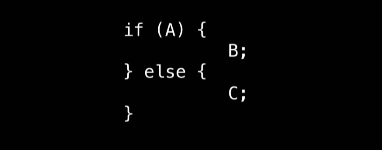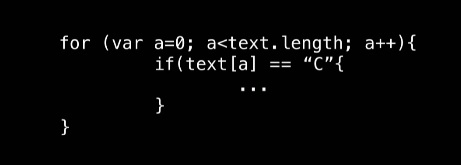While philanthropist Melinda Gates spends much of her time working with the Bill and Melinda Gates Foundation on ways to resolve and prevent global health crises, she has also brought attention to the lack of women and minorities in the industry where she started her professional career: technology.
“Innovation happens when we approach urgent challenges from every different point of view. Bringing women and underrepresented minorities into the field guarantees that we see the full range of solutions to the real problems that people face in the world,” Gates said on Monday to kick off her partnership with Code.org’s “Hour of Code” initiative, part of the annual Computer Science Education Week.
During her remarks, Gates called computer literacy an “essential skill” and said computer science has the power to change lives and change the world.
“The more we encourage different kinds of people to get interested in technology the better that future will be,” Gates said. “One of the reasons I’m so optimistic about the future is tech can make the impossible possible, but only if we’re all involved in the effort. That’s what CS education is all about.”
As a Grace Hopper Celebration of Women in Computing keynote speaker in October, Gates used her computer programming expertise to reveal the problem with how women are currently led onto a career path in tech and the simple solution to improve inclusion.
“Right now, a lot of diversity efforts focus on women getting into the so-called ‘pipeline’ but that pipeline isn’t producing more than a trickle and has a lot of conditionals built in, a lot of ‘if-then’ statements, ” Gates said.
In other words, Gates emphasized how women are bound to an impractical amount of constraints that don’t allow them to successfully enter the tech world. She compared these constraints to a term in the JavaScript programming language called “conditional statements,” which look like this when coded:
 Examples Gates gave of those conditionals in women’s’ lives include:
Examples Gates gave of those conditionals in women’s’ lives include:
- If you get girls to take the right computer science and math classes in high school, then they’ll succeed in their computer science classes in college.
- If they pass intro, then they will start their second-year courses on time and graduate in four years
- If they do that, then they can get their job in Silicon Valley.
But Gates pointed out that “not everyone is going to meet those conditions and many don’t want to and there’s no reason they have to in the first place.” She proposed that society instead begin from the “premise that people get interested in computing in different ways, at different times in their lives and for very different reasons.”
“Or to put it in coding terms, why not stop trying to get girls to meet the necessary conditions for each predetermined ‘if-then’ statement and why not start writing a series of for-loops,” Gates said, introducing yet another JavaScript term.
JavaScript for-loops essentially repeats through a particular block of code a given number of times. Here is the example line of code Gates shared during her presentation:

These are the four steps Gates said she would like to see implemented with women as explained as for-loops:
- Reach them early
For girls growing up, let’s create plenty of pathways to explore tech inside and outside the classroom. - Tech as a tool
For women who are already in college, let’s make it clear that tech is a tool for solving real-world problems. - Combine computing
For women already majoring in some other field, let’s offer programs that combine computing with the rest of their coursework and lead to the degrees in things like bioinformatics. - Not just four years
For women who discover their passion for tech at different times and different places, let’s open up more pathways into the field.
“All of this comes down to the same point: For anyone and everyone who has talents and interest, there should be a way into tech,” Gates said. “This is a transformative moment for women, men, tech and the future.”
“Women did not create the barriers in tech and we cannot break them down all alone. Male allies are absolutely critical in this work and we’ll need more of them. But we can lead the way.”
Like this story? Like CNBC Make It on Facebook.
Don’t miss:
Harvard researchers say this mental shift will help you live a longer, healthier life
Why Tim Ferriss says hearing the word ‘no’ sets you up for success

